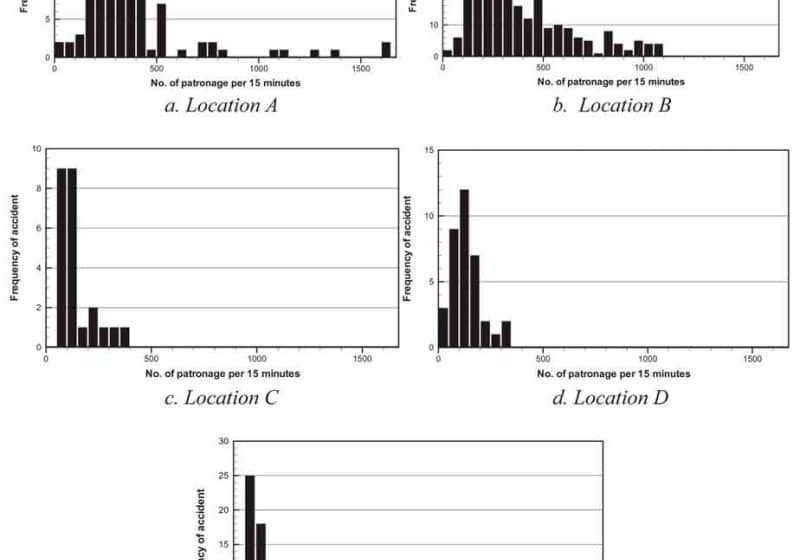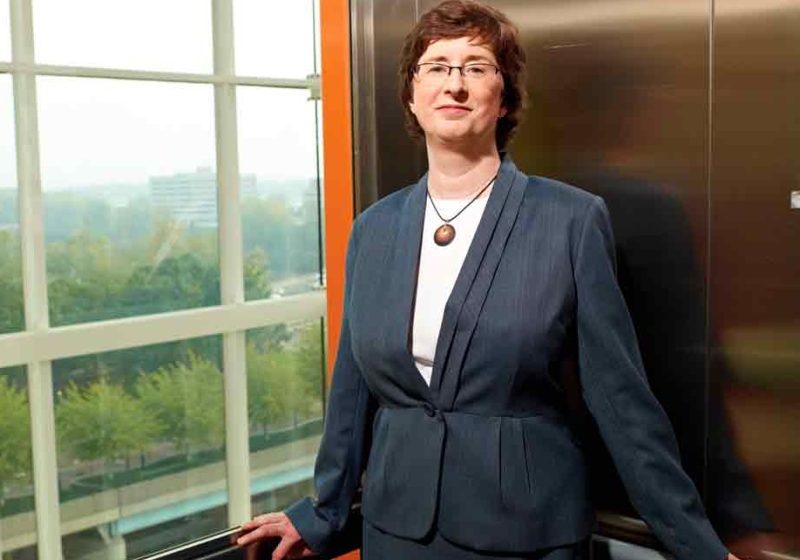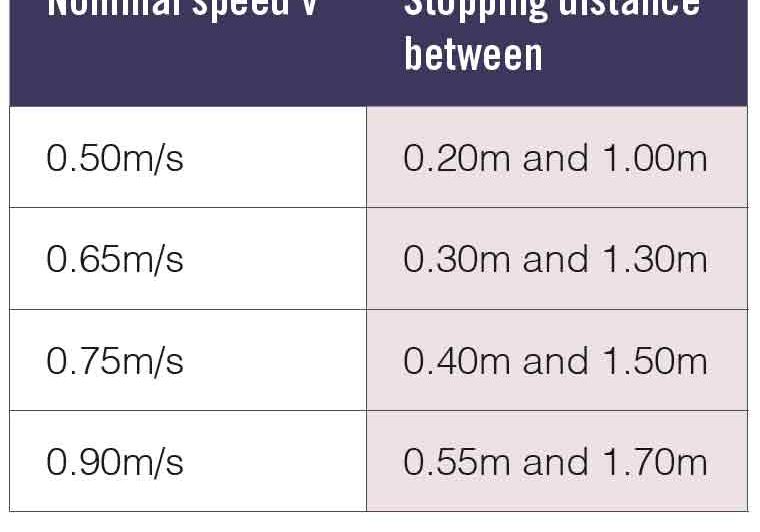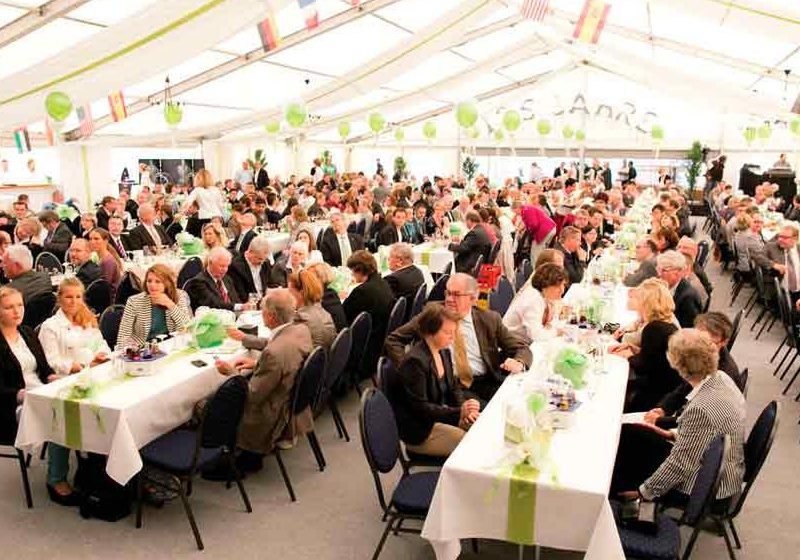Toshiba Elevator Supplies Tokyo Sky Tree
Mar 1, 2013

The 634-m-tall broadcast tower is equipped with several high-speed, high-capacity elevators.
by M.J. Mohamed Iqbal, EW Correspondent, and Mitsuya Amano
Tokyo Sky Tree is the tallest structure in Japan and among the tallest in the world, topping out at 634 m. Led by Tobu Railway and a group of six terrestrial broadcasters headed by NHK (Japan Broadcasting Corp.), the tower forms the centerpiece of a large commercial development. One of its main purposes is to relay television and radio broadcast signals, as the city’s current facility, Tokyo Tower, with a height of 333 m, no longer gives complete digital terrestrial television broadcasting coverage, because it is surrounded by several high-rise buildings. Tokyo Sky Tree is located in Sky Town, a commercial complex combining the broadcast tower, an aquarium, a planetarium and the Tokyo Solamachi complex, which boasts 312 shops and restaurants. The tower is located near the Asakusa district known for its old streets and Sensoji Temple.
Completed on February 29, 2012, Tokyo Sky Tree was officially opened to the public on May 22, 2012. Its color, “Skytree White,” represents its harmony with the surrounding scenery. Its name and design concept illustrate fusion of traditional Japanese culture and neo-futuristic design. The color is based on aijiro, considered the lightest shade of indigo blue, and replicates the technique of indigo dyers, with a hint of blue added to the white color, giving a pale blue glow.
Design
The base of the tower has a structure similar to a tripod; the tower’s structure is cylindrical from a height of about 350 m and above to withstand strong winds. There are observatories at 350 m, with a capacity of up to 2,000 people, and 450 m, with a capacity of 900 people, respectively. The upper observatory features a spiral, glass-covered skywalk, in which visitors ascend the last 5 m to the highest point at the upper platform. A section of glass flooring gives visitors a downward view of the streets below. The cross-section of the tower forms an equilateral triangle on the ground, gradually rounding to become circular at 320 m.
The tower was designed with seismic proofing, including a central shaft made of reinforced concrete. The main internal pillar is attached to the outer tower structure 125 m above ground. From there until the 375 m mark, the pillar is attached to the tower frame with oil dampers, which act as cushions during an earthquake. According to the designers, the dampers can absorb 50% of the energy from an earthquake.
An additional main feature of the tower is a system to control swaying. The technology, used for the first time, has been dubbed shinbashira, after the central pillar found in traditional five-story pagodas. The technology was developed by Nikken Sekkei Ltd., and the contractor was Obayashi Corp. The 375-m-long, steel-reinforced concrete shinbashira is not directly connected to the tower itself and designed to withstand building sway during an earthquake. This concept was developed on the basis that pagodas rarely topple during earthquakes. In addition to controlling building sway, the interior of the shinbashira contains an emergency stairwell.
Vertical Transportation
Toshiba Elevator and Building Systems Corp. received the contract to install six high-speed elevators for Tokyo Sky Tree. Of them, four have a 2400-kg (40-person) capacity with a maximum speed of 600 mpm. The two service elevators have a travel distance of 464.4 m, a speed up to 240 mpm and a capacity of 1800 kg (27 persons). The elevators are also capable of switching to 540 mpm in emergency conditions. In addition, Toshiba Elevator supplied the high-speed elevator that takes visitors to the first observation deck (at 350 m) in approximately 50 s. Ascending and descending at 600 mpm, the elevator is approximately 10 times faster than elevators ordinarily used in condominiums.
A key concern was ensuring a comfortable ride by reducing shaking as the elevator travels. This was partly achieved by keeping the difference at the joints of the rails used by the elevator to under 0.001 mm. Wind resistance was also reduced by setting the upper and lower covering at a slight angle.
The technologies developed specifically for this project are expected to translate into greater technological advancements.
“If a similar transmission tower [were] to be built, the [shinbashira] technology could likely be applied anywhere in the world,” said a Nikken Sekkei official. Some 40,000 mT of super-reinforced steel, with the largest amount supplied by JFE Steel Corp., was used in the tower’s construction.
Naming of the Tower The official name was decided in a nationwide vote and announced on June 10, 2008. The height of 634 m was selected to be easily remembered. The numerals 6 (mu), 3 (sa) and 4 (shi) stand for “Musashi,” a historical name of the region where the tower stands. Tokyo Sky Tree is an iconic tower for Japan and is a major tourist attraction.
Get more of Elevator World. Sign up for our free e-newsletter.









